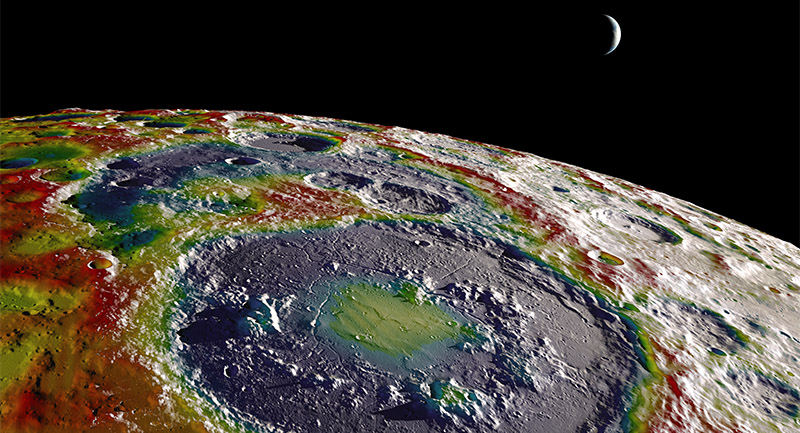

Introduction
Space Exploration has turned into a global endeavour as representatives of ASI (Italy), CNES (France), CNSA (China), CSA (Canada), CSIRO (Australia), DLR (Germany), ESA (European Space Agency), ISRO (India), JAXA (Japan), KARI (Republic of Korea), NASA (USA), NSAU (Ukraine), Roscosmos (Russia), and UKSA (United Kingdom) have formed the International Space Exploration Coordination Group (ISECG) that has created the Global Exploration Roadmap.
In this roadmap, the strategic goals and objectives of the ISECG members are turned into a logic sequence of mission themes covering the decade 2020 - 2030. In the ESA Space Exploration Strategy the mission theme of sustainable exploration of the Moon is integrated in the strategic exploration approach for Europe. A guiding principle is to implement exploration missions with humans and robots in a coordinated manner.
Already now there is investment by governments and private stakeholders in space exploration. In Europe the programme of Life and Physical Science in Space (ELIPS) helps understanding how humans can live and work in space, and the proposed contribution to the Russian-lead Luna programme takes the next steps in automated exploration of the lunar surface. ESA already participates on the critical path of developing human space transportation systems for missions beyond low Earth orbit by providing the European Service Module to be used in conjunction with the NASA-developed Orion crew module.
The first steps to expand the human experience beyond the close vicinity of the Earth have thus been taken by a determined international partnership - this is the time to formulate a concrete vision of how to explore the Moon in the next decade in a sustainable and affordable framework.